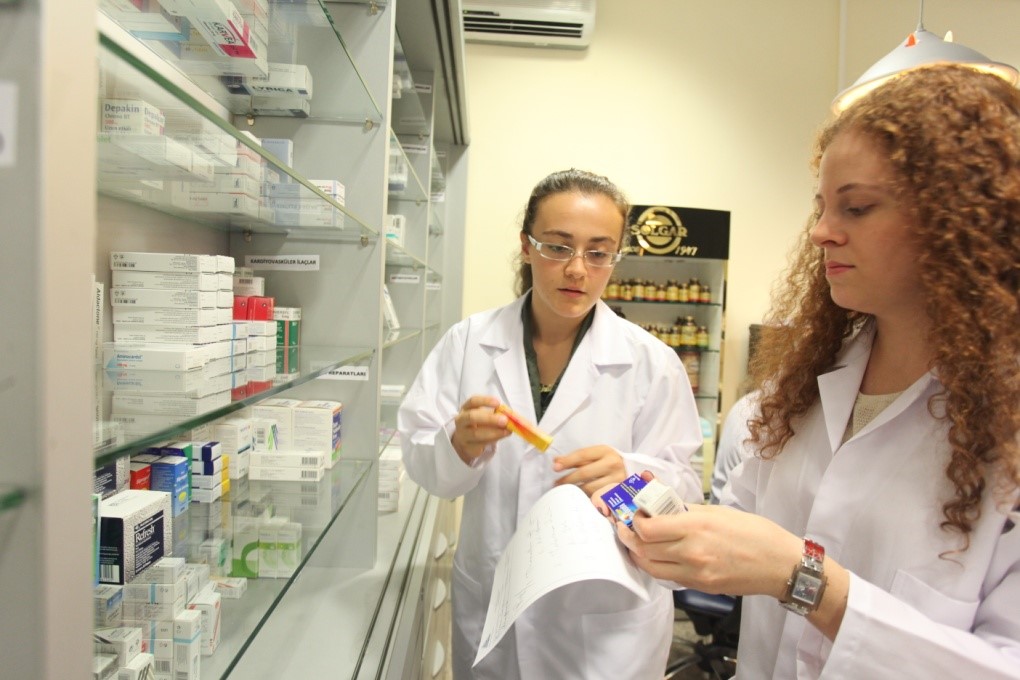
What is Physical Treatment?
The American Physical Therapy Association specifies physical treatment as "... a health occupation whose primary purpose is the promotion of optimum human health and function through the application of clinical principles to prevent, identify, examine, correct, or reduce acute or prolonged movement dysfunction".
Physical Treatment is an occupation whose main purpose is the restoration, maintenance, and promotion of optimum health, function, and lifestyle for individuals of all ages. The science of physical therapy involves the application of therapeutic modalities, strategies, and interventions that assist restore an individual to their optimum physical potential. The art of physical therapy is assisting individuals help themselves.
In laws and regulations specifying practice, physical treatment is often defined as the care and services supplied by a physiotherapist or a physical therapist assistant under the direction and guidance of a physiotherapist, and include:
Alleviating problems and practical limitation by designing, carrying out, and modifying therapeutic interventions;
Avoiding injury, disability, functional limitation and special needs; and Participating in consultation, education, and research study.
More details about the profession of physical therapy might be acquired by visiting the American Physical Treatment Association's web website at www.apta.org
Who are Physical Therapist Assistants?
Physiotherapist Assistants, or PTA's, are proficient health care providers who deal with and under the instructions and supervision of a physiotherapist to offer physical therapy services. In order for a specific to practice as a PTA, they should finish from a certified PTA program and successfully pass a licensing/certification test.
PTA's play an essential role in providing physical treatment services for individuals with various disabilities. When a client seeks or is referred for physical treatment services, the physiotherapist performs a preliminary assessment and details a strategy of care. The PTA can then perform all or part of the treatment plan as advised by the physical therapist.
The American Physical Therapy Association acknowledges the PTA as the only person who helps the physical therapist in the shipment of chosen physical therapy interventions.
What does a Physiotherapist Assistant do?
The physiotherapist assistant (PTA) performs physical treatment interventions and related tasks under the instructions and supervision of a physiotherapist. Such responsibilities may consist of training patients in healing workout and activities of everyday living, using physical representatives such as cold, heat, electrical energy, or water for pain relief and healing, advising persons in using assistive gadgets for walking, taking part in wound care, promoting wellness and injury avoidance, providing client and family education, training clients in wheelchair activities, assisting the physical therapist in performing patient evaluations and complex interventions, and much more.
The PTA also keeps an eye on the Article source patient's action to treatment, carries out various tests and procedures, documents pertinent aspects of client care, and preserves ongoing interaction with the supervising physiotherapist, as well as other healthcare professionals.
What is the difference between a PT and a PTA?
The physical therapist (PT) and the physiotherapist assistant (PTA) differ in instructional preparation and levels of responsibilities as it connects to the provision of physical treatment services.
Today, the overwhelming bulk of PT schools educate physiotherapists at the Doctorate level, although numerous practicing therapists were informed when programs required just a Master's or Bachelor's degree. The PTA is educated at the Partner's degree level, which typically relates to two years of college.
The PTA has a working understanding of the theory behind treatment interventions, knows pathological conditions being dealt with, and understands how to apply techniques and techniques utilized to treat those conditions.
The PT has extensive education in evaluative abilities, research study, and administration, in addition to advanced coursework in human anatomy, neuroanatomy, orthopedics, pathology, and restorative techniques. Both the PT and the PTA should finish from recognized programs and pass a licensing examination in order to practice in their particular roles.
Consumers/patients may look for the services of the physiotherapist directly, or, the patient might be described a physical therapist by a doctor. The PT carries out the initial evaluation and evaluation of the patient. The examination will result in a physical treatment diagnosis, and as proper, the PT will establish objectives or outcomes to be achieved by a physical therapy strategy of care and treatment plan.
The PTA can not carry out the initial evaluation or examination; however, the PTA might assist the PT in gathering data. Following the assessment of the client, the PTA may carry out selected interventions and information collection as directed by the monitoring PT. The PTA should always work under the direction and guidance of a physical therapist. The collective relationship between the PT/PTA is highly reliable and valued, and the team considerably contributes to the success of the general rehab process.